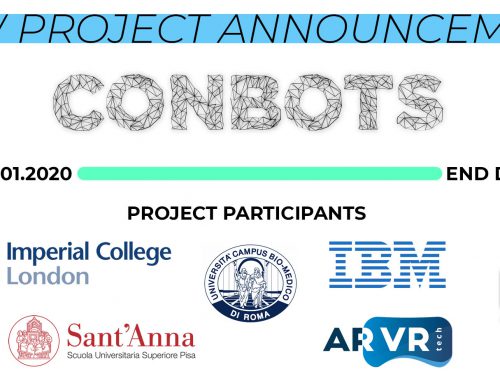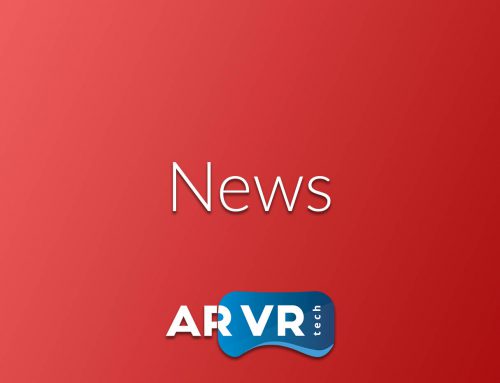
There is a bright future ahead of us, judging by the integration of technology and healthcare. According to a Lancet study at this moment 5 billion people world-wide do not have access to affordable and safe surgery.
Although providing the universal healthcare is such a complex goal to reach and it is listed on 2030 Agenda for Sustainable Development, the advanced technology brings back hope and transforms the complex sector of healing people.
Touchstone research has identified in its infographic four use cases of healthcare in Virtual and Augmented Reality such as diagnostics and planning, training (for surgery, dentistry interventions and simulations), treatment (in the fields of autism, phobia, and PTSD, pain management, addictions) and rehabilitation (such as stroke and dementia).
There are several main benefits of VR and AR in healthcare: it provides medical help in remote locations via telesurgery; it is more immersive and engaging so that it leads to real time simulation and feedback; and finally such technology may decrease costs of healthcare in total while remaining both safe and secure for doctors and patients.
This vast landscape of healthcare solutions can be roughly defined along these main opportunities: more experienced doctors and those still in education can get connected via reliable tools; particular health challenges of patients can be solved; and patients in remote areas can get reliable, timely and cost-effective help.
1. CONNECTING SENIOR DOCTORS AND THEIR COLLEAGUES IN EDUCATION
For example, Shafi Ahmed founded Medical Realities as he understood the importance of AR and wearables in medical education. He performed live operations for 14,000 students in 32 countries thanks to remote Google Glass broadcast.
Mr Ahmed is aware that with this experiential technology, the future surgeons learn much more rapidly and have a strong motivation.
‘‘2.2 million surgeons, aestheticians, and obstetricians are needed to perform 143 million operations.’’ Essentially, the methodology behind Google Glass is that the remote surgeon could guide the surgeon on site who is wearing the Glass by projecting his hands into the display of that surgeon.
2. ENABLING MORE INTERACTIVE MEDICAL EDUCATION THAT IS RETRIEVED LONGER
Not only do students of anatomy need to learn the mechanics of human body, this can be a pursuit for enthusiasts in medicine, not only future doctors. Thanks to augmented reality the knowledge that was initially acquired gets retrieved for a longer period of time.
ARnatomy is one of those awesome apps that encourage learning. Thanks to AR technology additional information is given over flash cards, charts and textbooks. There is even a bone box for users to learn particular facts about our body.
3. SOLVING SPECIFIC HEALTH CHALLENGES OF PATIENTS
Often times prevention is better than treatment, while technology helps patients understand how their behavior leaves long-term effects on their health. Getting this awareness right may be the first step to motivate people in making positive changes.
EyeDecide is a unique medical app which simulates the specific conditions on a person’s vision thanks to a display that tracks certain parameters. As a result, it can help better patients who suffer from specific medical conditions.
Google also aims to make a revolution in producing digital, multi-sensor lenses. Apart from transforming the eyesight for visually impaired patients or turning a page in an e-book with features of augmented reality, digital contact lenses would be able to revolutionize diabetes treatments. Thanks to multi-sensor lenses, blood sugar levels can be measured.
4. PROVIDING REMOTE, ACCESSIBLE, AND COST-EFFECTIVE HELP TO PATIENTS
This feature of AR and VR brings us back to the beginning of our text: how do we ensure that people in need who lack resources obtain the healthcare treatments and save their life.
In the future hardware will become more affordable, health-related content will become a mainstream and solutions that are being tested in the labs at the moment will become our reality.
Futurists also predict that insurance companies may get hold of the patients’ data while consumer products will be oriented towards telemedicine. Let us remain patient, seize the innovation and top trends and harness the future potential.
If you are interested to see what healthcare solutions ARVRtech can create for you, feel free to contact us.


